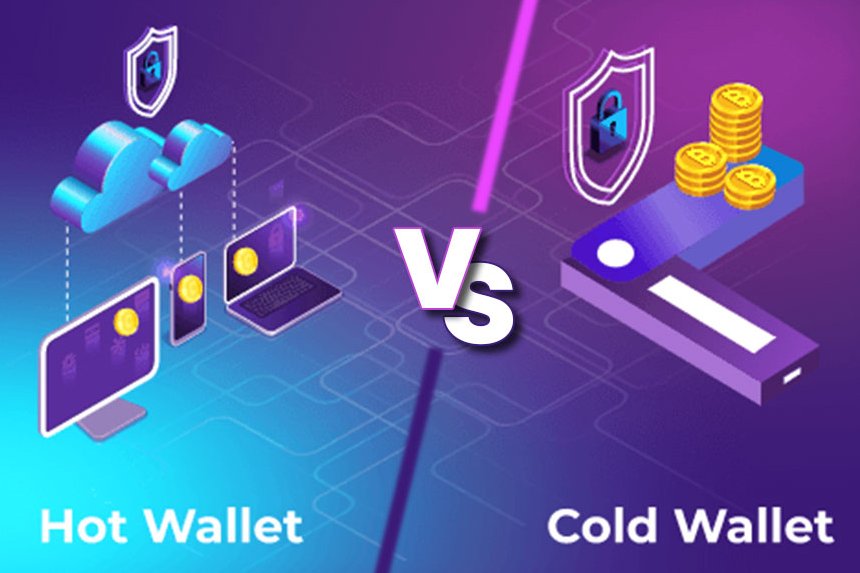How to Safely Store Your Crypto: Hot Wallets vs Cold Wallets Explained
Learn the difference between hot and cold wallets. Discover the safest way to store your crypto and protect your assets from hackers.
Cryptocurrency ownership comes with a golden rule: “Not your keys, not your coins.”
If you don’t control your private keys, you don’t truly own your crypto. That’s why choosing the right wallet — hot or cold — is one of the most important decisions for every crypto investor.
In this guide, we’ll break down the differences, pros, and cons of hot and cold wallets, and help you decide which option best fits your strategy.
💻 What Is a Hot Wallet?
A hot wallet is any crypto wallet that remains connected to the internet. Examples include:
-
Mobile wallets (Trust Wallet, MetaMask, Coinbase Wallet)
-
Web wallets (exchange wallets like Binance or Coinbase)
-
Desktop wallets (Exodus, Electrum)
✅ Advantages of Hot Wallets
-
Easy and quick to use
-
Perfect for active trading or frequent transactions
-
Usually free or low-cost
❌ Disadvantages of Hot Wallets
-
Vulnerable to hacking, phishing, and malware
-
If an exchange wallet is used, funds may be frozen or lost in case of hacks
-
Higher risk for large amounts of crypto
🛡️ What Is a Cold Wallet?
A cold wallet stores your private keys offline, disconnected from the internet. Popular forms include:
-
Hardware wallets (Ledger Nano X, Trezor, Keystone)
-
Paper wallets (private keys printed on paper, stored securely)
-
Air-gapped devices (completely offline computers/phones)
✅ Advantages of Cold Wallets
-
Extremely secure — immune to online hacks
-
Best for storing large amounts of crypto long-term
-
Full ownership and control over your assets
❌ Disadvantages of Cold Wallets
-
Less convenient for daily use
-
Hardware wallets cost between $50–$300
-
If you lose your device or recovery phrase, your funds may be unrecoverable
🔑 Which Wallet Should You Use?
It depends on your needs:
-
If you’re an active trader → Hot wallet (small amounts only).
-
If you’re a long-term investor (HODLer) → Cold wallet.
-
Many investors use both:
-
Hot wallet for daily spending or trading.
-
Cold wallet for long-term savings.
-
⚠️ Pro Tips for Maximum Security
-
Always enable two-factor authentication (2FA).
-
Never share your seed phrase or store it online.
-
Consider splitting funds between multiple wallets.
-
Regularly update wallet apps and firmware.
🗣️ Final Thoughts
Your crypto security comes down to one choice: convenience vs. security.
Hot wallets are ideal for fast access, while cold wallets protect your wealth from online threats.
For most investors, the best strategy is a hybrid approach — keep small amounts in a hot wallet, and store the bulk of your assets safely offline.
Share
What's Your Reaction?
 Like
0
Like
0
 Dislike
0
Dislike
0
 Love
0
Love
0
 Funny
0
Funny
0
 Angry
0
Angry
0
 Sad
0
Sad
0
 Wow
1
Wow
1














